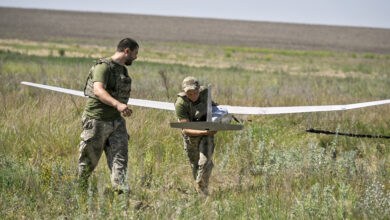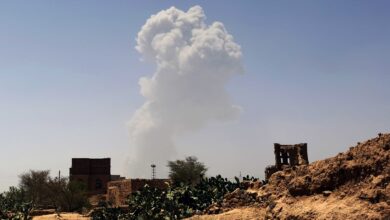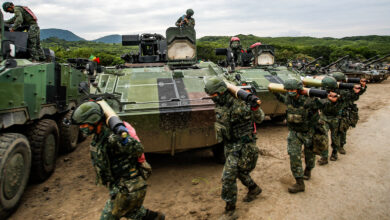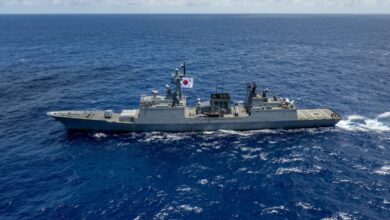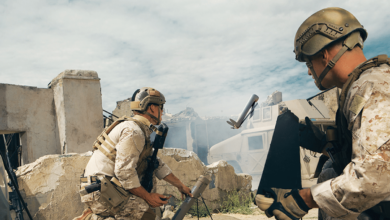Russian Navy Tests Latest ‘All-Seeing’ SWIR Camera in Arctic
The camera is capable of "seeing" through snow and camouflage and can be used around the clock at low light levels and in extreme conditions.
The Russian Navy has tested its latest short-wave infrared (SWIR) camera in Arctic drills, capable of “seeing” through snow and camouflage.
The camera can be used in low light and in extreme climatic conditions, developer with Russian state-owned Rostec group Shvabe Holding said in a press release on Friday.
“The spectrum of 0.9 to 1.7 micrometers, in which the camera operates, allows seeing camouflage coatings and camouflaged objects. It is also capable of locating laser sources and any thermal flashes, for example, gunshots, salvos and signals,” the company wrote.
Russian military specialist participation in an 18-day expedition to the Arctic Novaya Zemlya archipelago enabled them “to fully assess and confirm its advantages, in particular, its ability to detect and identify objects in complex weather conditions,” it said.
Russian Arctic Expedition
Russia’s continued build-up of military bases in the Arctic is generating concern in the West. Pentagon spokesman Thomas Campbell expressed that the build-up implies a military challenge from the Russians in the Arctic.
“Russia is refurbishing Soviet-era airfields and radar installations, constructing new ports and search-and-rescue centers, and building up its fleet of nuclear- and conventionally-powered icebreakers,” the official told CNN.
“It is also expanding its network of air and coastal defense missile systems, thus strengthening its anti-access and area-denial capabilities over key portions of the Arctic,” he added.
Just last week, Russia announced that its third radar station, equipped with anti-hypersonic missile radar, will be deployed in the Arctic by June.




